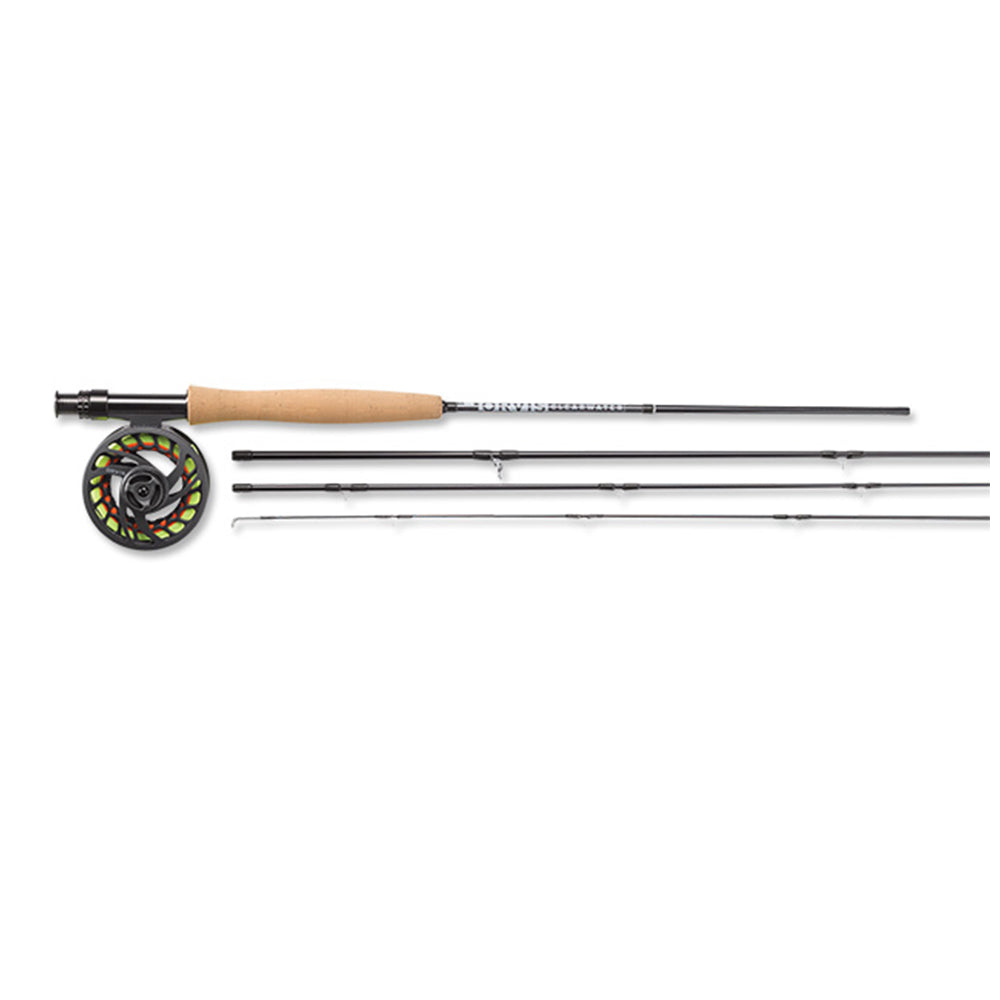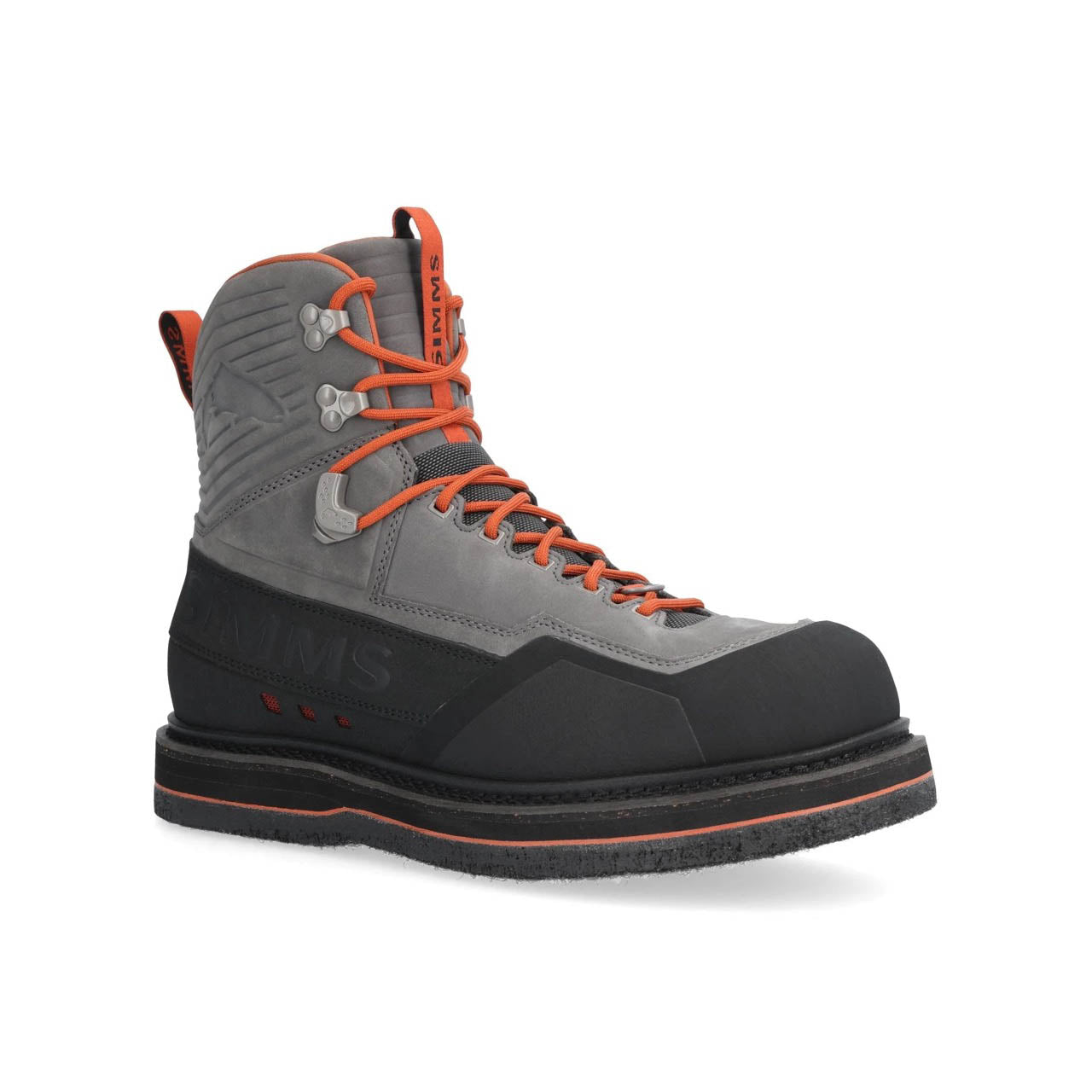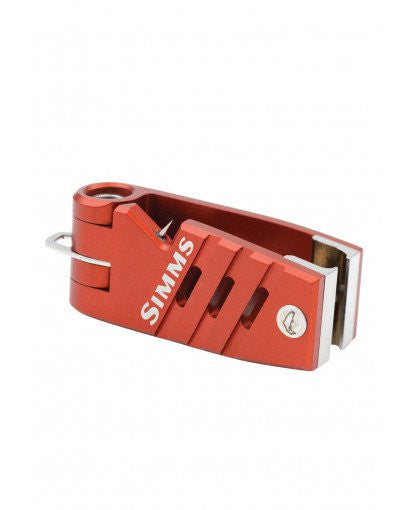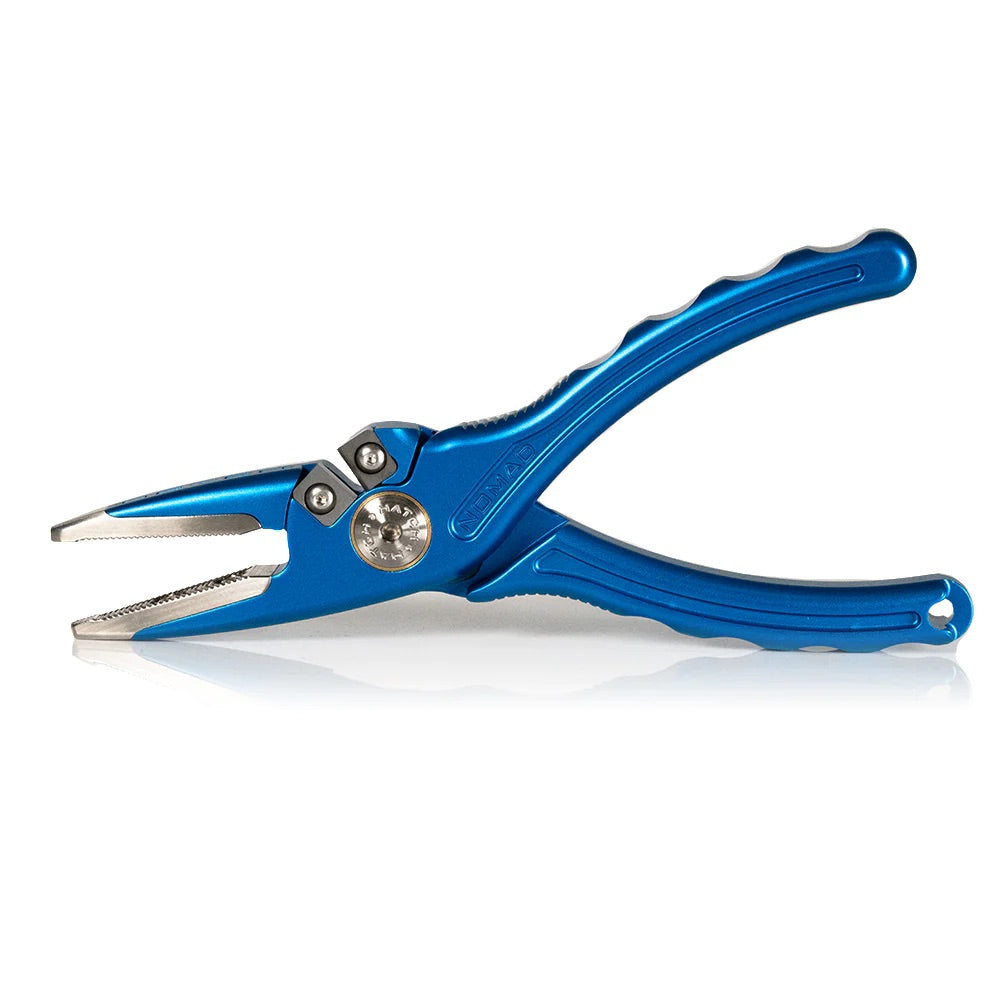
Jim Stimson, Jim Stimson Fly Fishing
Hot Creek: It is fishable, in spite of the skinny, weed choked water. A dry dropper combo worked well, placed in the lanes between the weed banks. Try a stimulator with a Hot Creek Caddis tied off the hook bend. And believe it or not, streamers were working well too. Look for the deeper buckets and let the streamer swing through the holes. Use floating line to keep your bugs from sinking too deep. Black wooly buggers with a tan Bird’s Nest tied off the bend were getting crushed.
Upper Owens River: The flows are meandering along at 55 cfs, a mere semblance of what it should be. The river is skinny but there are plenty of fish stacked in the deeper pools at the tailouts. If you can hook into one rainbow, with persistence, you will most likely get a few more grabs. Keep grinding away, they’re in there. Again, look for deeper pools, tailouts, and undercut banks to find the trout. With the lower flows, try approaching these areas with a little more stealth. That means walking quietly along the river banks, approaching the fish from below, and keep the splashing down to a minimum. The trout are “edgy” now with the boney water. But they still need to eat. Fish accordingly. Nymphing will be the most successful for the bigger fish. Pheasant tail, caddis worms, hare’s ears, zebra midges, WD’s, all work well.
Lower Owens River: The fishing down by Bishop is picking up again. The flows have been jacked up to over 300 cfs. I think the trout are liking the cooler water and the current flowing across their scales. The afternoon temperatures are getting into the low 90’s. Wet wading is the way to go. The warmer temps bring out the caddis and stoneflies along with aggressive takes. The river tends to fish best in the mornings and early afternoons with a progression of midges, tricos, then mayflies. The later afternoons become a grind as the trout seem to take their siestas and are not interested in anything you can throw at them. Look for trout to rise in quiet backwaters and river margins in the evenings. Elk hair caddis and Stimulators work well if you can get a good drift. For indicator nymphing, yellow sallys with bright green caddis worms dropped off the hook bend have been killin’ it. Finding the right depth and drift is the key. Vary your depth with your indicator and split shot. With the rise in water temperatures, the trout are favoring the shallower, riffled water. They need the cooler, oxygenated water. Try a dry-dropper setup such as a hopper-caddis dropper.
San Joaquin River: The flows are at about 25 cfs, about the same as a low flow toilet, kidding. Try fishing lower on the river, like the Rainbow Falls area. There are side creeks coming out of the backcountry that add to the amount of water heading downstream. Attractor patterns work very well. The fish are looking up, go huck some dries with droppers.
East Walker: The river is steady at 65 cfs, not the best flows for this stream. And, with the Bridgeport Reservoir getting lower and lower, it will be interesting to see if there will be a trout die-off later this summer. Unlike most tailwaters, the East Walker is being fed with water high in the water column; warm, tepid water. Most dams release water from the bottom which is cold. Combine this with high summer temperatures, the trout cannot get enough oxygen. The bottom line is, if you insist on fishing in these conditions, be aware, the mortality rates start sky rocketing. Give these poor trout a break. Don’t fish at all or hit the river early in the morning.
The Backcountry: Grab your daypack, snacks, plenty of water and sunscreen and head to the high country. If you know where to go, and I’m not going to spill any secrets or post GPS coordinates, you can catch anything from cutthroats to golden trout, rainbows to brookies. Some lakes require a massive effort, others are a quick jaunt up the trail. No pain, no gain. Most importantly, get out there, explore, enjoy it.
Read more
John Fochetti, Clearwater Lodge Getting a bit more difficult as the fish have spread out through the entire system. If you find some grabby fish stay on them. The PMD hatch still hasn’t been amaz...
Steve Santucci, Steve Santucci Guid Service Delta fishing is good for Largemouth Bass and Smallmouth Bass. Stripers are continuing to move into the system. Both topwater and subsurface flies ar...



























Leave a comment
All comments are moderated before being published.
This site is protected by hCaptcha and the hCaptcha Privacy Policy and Terms of Service apply.